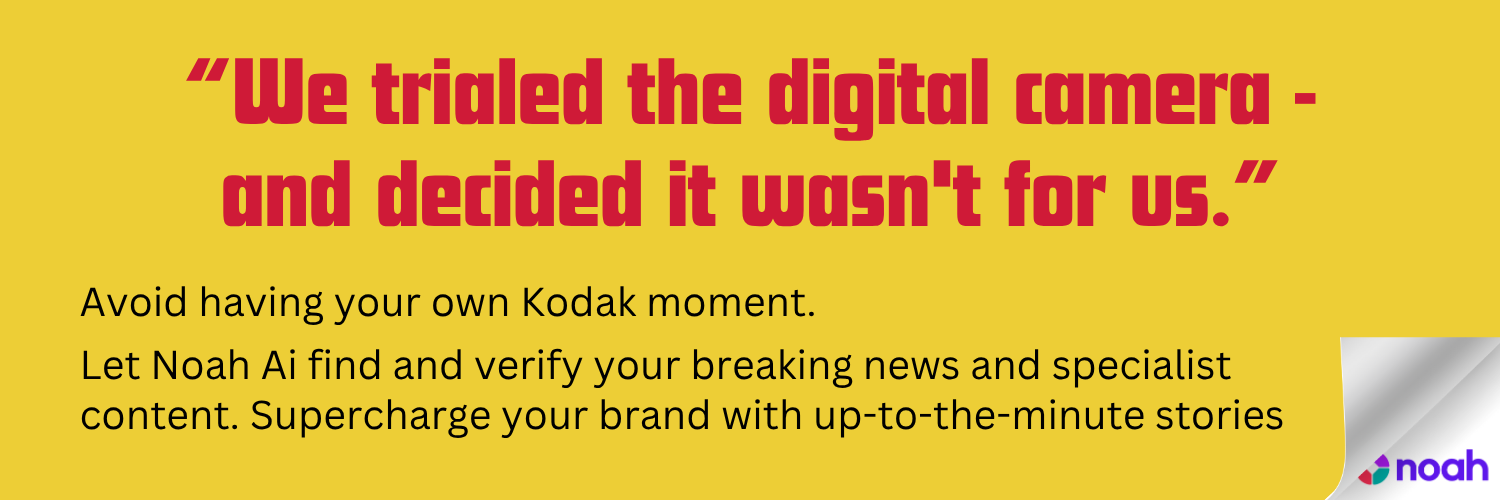In an era when newsrooms chase clicks with relentless publishing schedules, The Irish Times has acknowledged that it has adopted a publishing trend that few big organisations talk about publicly, but many practice behind the scenes: it deliberately started publishing fewer stories.
The decision, taken two years ago, was rooted in a simple but bold idea: that readers would value depth over speed, substance over volume. “We cut the number of stories we publish on The Irish Times website and app each day,” wrote editor Ruadhán Mac Cormaic in a recent column. “We did this because we wanted a greater focus on quality over quantity.”
The change marks a quiet but significant shift in digital journalism. For more than a decade, the prevailing wisdom has been that more content equals more audience. But Mac Cormaic and his team concluded that not every story serves readers — and that much of what fills today’s feeds is already available elsewhere.
By pruning the lower-value material, the newsroom freed up time and attention for richer, more distinctive reporting. Journalists now spend longer shaping stories, refining visuals and deepening their sourcing. The payoff, says Mac Cormaic, is clearer homepages, faster and more accurate breaking news, and a stronger emphasis on original scoops and analysis.
The results are visible not just in layout but in tone. The Irish Times has leaned into the kind of journalism that builds trust and loyalty rather than fleeting engagement — investigative projects, deep cultural coverage and on-the-ground foreign reporting. The move has also reinforced collaboration across desks, with editors and visual teams working more closely to elevate presentation and storytelling.
For readers, the experience is cleaner and more coherent. The paper’s digital front pages now highlight fewer stories, but each carries more weight. For the newsroom, it’s a reminder that slowing down can sometimes be the surest way to move forward.
Mac Cormaic’s message to peers in the industry is implicit but clear: the path to stronger journalism may lie not in publishing more, but in publishing better.






